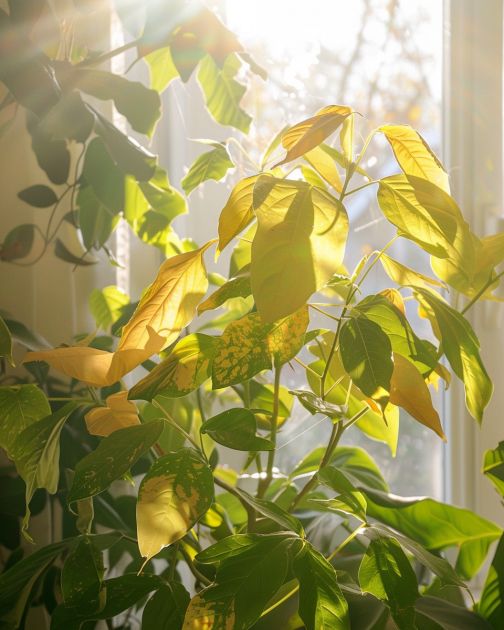Plants are vital components of our ecosystem, contributing not only to the environment but also to the aesthetic and psychological well-being of individuals and communities. The sight of lush, healthy plants can instantly uplift our mood and create a serene ambiance, be it in homes, offices, or public spaces. However, it can be quite disheartening when our cherished plants start wilting despite our diligent efforts to care for them. Understanding the underlying causes can be crucial to reviving these drooping beauties.
You should read this article because it delves into the various factors that could be causing your plants to wilt, even when they are watered regularly. By gaining insight into these potential issues, you can take more effective steps to ensure the health and vitality of your plants, transforming your green space into a more thriving and vibrant environment.

1. Inadequate Watering Routine:
Even if you water your plants daily, the timing and quantity of water can greatly affect plant health. Overwatering can lead to root rot, while underwatering may not provide sufficient moisture.
2. Poor Soil Quality:
The soil needs to have good drainage and nutrient content. Poor soil quality can prevent roots from absorbing necessary nutrients and water.
3. Inappropriate Sunlight Exposure:
Certain plants require specific light conditions. Too much direct sunlight can cause wilting, especially if the plants are not of a sun-tolerant variety.
4. Environmental Stress:
Factors such as excessive heat, wind, or changes in humidity can induce stress in plants, causing them to droop.
5. Pest and Disease Infestation:
Insects and diseases can damage plant tissues and roots, hindering water uptake and leading to wilting.
Identifying the correct reason behind your plants’ wilting is the first step towards their recovery. Use the above pointers to diagnose and address the specific needs of your plants. With proper care and attention, your plants will soon thrive once again.




